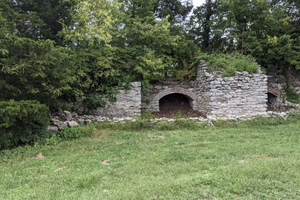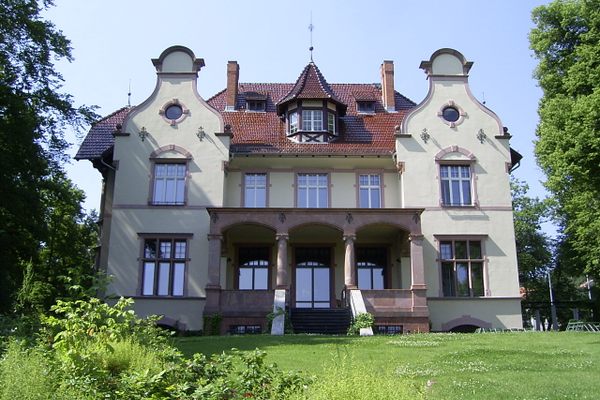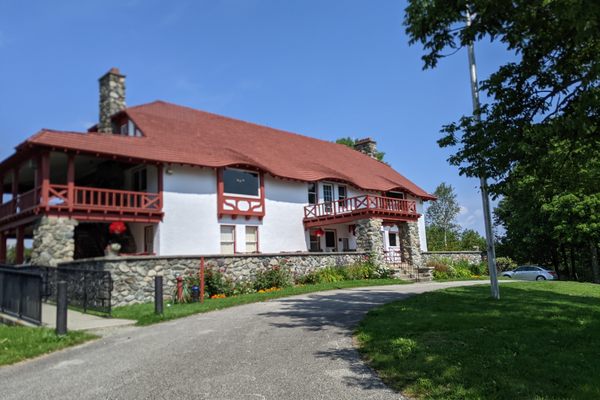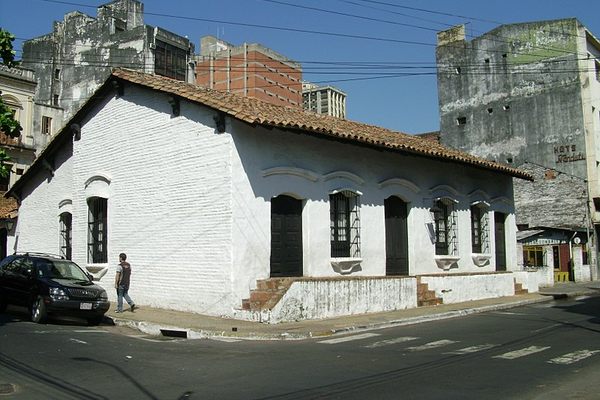About
Dodona was a shrine in ancient Greece where priests and priestesses divined the words of the gods from the rustling of oak and beech leaves. It was second only to Delphi in terms of prestige. This manor house in northern Virginia that bears the same name dates back to the early 1800s, when John Drish having purchased eight acres and presumably the original two-story home from George Carter in 1805. Drish then sold the property to his son, Wilson, in 1826. Three years later, Wilson Drish sold it to Eleanor Drish and Fayette Ball.
In 1855, George Washington Ball and Mary Ball sold the house and acreage to Amelia Young. The following year, Young sold the house to Charles Nourse, with a number of improvements having been made, including a carriage house, ice house, and meat house to accompany the now 16-room dwelling.
The manor changed owners a half-dozen more times before being sold to George and Katherine Marshall in 1941. Marshall had risen through the ranks of the U.S. Army to become Chief of Staff under Presidents Franklin Roosevelt and Harry Truman, and ultimately Secretary of State and Secretary of Defense under President Truman.
As Secretary of State, he outlined a plan to support European recovery following World War II. The long title of this plan was "An Act To promote world peace and the general welfare, national interest, and foreign policy of the United States through economic, financial, and other measures necessary to the maintenance of conditions abroad in which free institutions may survive and consistent with the maintenance of the strength and stability of the United States."
The act, which came to be known as the Marshall Plan, was signed into law by President Truman in March of 1948. While attributed to George C. Marshall, the plan was mainly devised by other State Department employees with help from the Brookings Institution. Ultimately, it resulted in Marshall being awarded the Nobel Peace Prize in December of 1953.
George C. Marshall died in 1959 and the following year, his widow Katherine deeded the property to their daughter, Molly Winn. In 1995, Molly and James Winn sold the property to the George C. Marshall Preservation Fund. Ten years and $9.5 million later, the house and grounds were opened to the public as George C. Marshall's Dodona Manor.
Related Tags
Community Contributors
Added By
Published
November 1, 2021

























